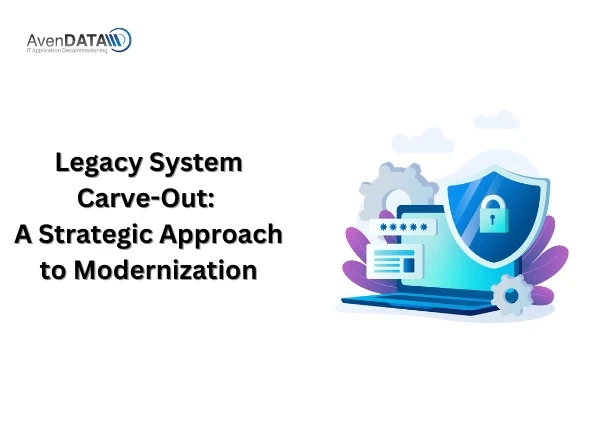Understanding Legacy System Carve-Out
A legacy system carve-out involves extracting and isolating specific components from an outdated or unsupported legacy system. Legacy systems, often built on obsolete technologies, can hinder organizational growth and agility. By carving out select components, organizations can modernize their systems, improve efficiency, and leverage new technologies without a full-scale replacement.
The Importance of Legacy System Carve-Out
Legacy system carve-outs offer several important benefits for businesses:
1. Modernization and Agility: Carving out specific components from a legacy system allows organizations to modernize their technology stack while maintaining critical functionality. This enables businesses to adapt to evolving market needs and respond quickly to changes.
2. Reduced Maintenance Costs: Legacy systems can be costly to maintain, especially when support and maintenance services become scarce. By carving out specific components, organizations can reduce maintenance costs associated with outdated technologies and focus resources on strategic initiatives.
3. Integration with New Systems: Carving out components from a legacy system facilitates their integration with modern systems and technologies. This enables organizations to leverage new capabilities, enhance workflows, and improve data exchange between systems.
4. Flexibility and Scalability: Legacy systems often lack the flexibility and scalability required to meet growing business demands. By carving out specific components, organizations can introduce modular solutions that are more adaptable, scalable, and future-proof.
The Legacy System Carve-Out Process
Executing a successful legacy system carve-out requires careful planning and execution. Here are the key steps involved in the process:
1. Assessment and Planning
Conduct a comprehensive assessment of the legacy system to identify the components to be carved out. Define the objectives, scope, and expected outcomes of the carve-out. Develop a detailed plan that outlines the timeline, resources, and potential risks.
2. Component Analysis and Design
Analyze the identified components to understand their dependencies, interfaces, and integration points within the legacy system. Design a clear roadmap for the carve-out process, including the desired target state and any necessary modifications or enhancements.
3. Carve-Out Implementation
Implement the carve-out by extracting and separating the identified components from the legacy system. This may involve refactoring code, separating databases, or redesigning interfaces to ensure functional independence.
4. Data Migration and Integration
If data is involved in the carve-out, migrate it from the legacy system to the new environment or integrate it with existing systems. This step requires careful planning to ensure data integrity, consistency, and security.
5. Testing and Validation
Thoroughly test the carved-out components to ensure their functionality, compatibility, and performance. Validate the data integrity, conduct integration testing, and simulate real-world scenarios to mitigate risks and ensure a seamless transition.
6. Documentation and Knowledge Transfer
Document the entire carve-out process, including the rationale, methodologies, and outcomes. Ensure knowledge transfer between the legacy system and carved-out components, providing training and support to teams involved in the new system.
Conclusion
Legacy system carve-outs provide organizations with an opportunity to modernize their technology landscape, reduce maintenance costs, improve integration, and enhance scalability. By following a structured process that includes assessment, analysis, implementation, migration, testing, and documentation, businesses can successfully execute legacy system carve-outs and achieve their modernization goals.
Embrace the opportunities offered by legacy system carve-outs to unlock the potential of your technology infrastructure, enhance operational efficiency, and gain a competitive edge in today’s dynamic business environment.




